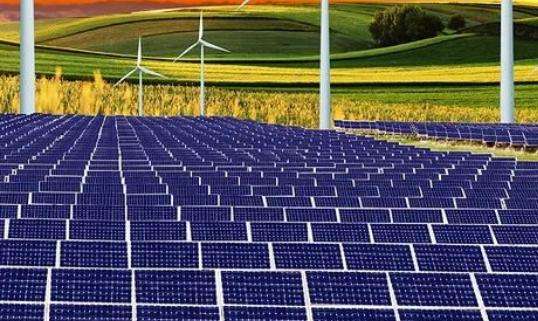Wind power generates approximately 1.4 kilowatt hours of electricity per cycle.
Take the example of a 1,500 kilowatt wind turbine. The unit's blades are approximately 35 meters long (approximately 12 stories high). Each rotation of the wind turbine takes about 4-5 seconds (but the peak speed of the blades at this time can reach more than 280 kilometers per hour, comparable to the speed of a high-speed train) and can generate about 1, 4 kilowatt hours of electricity. . Under normal full power conditions, one day's electricity generation can be used by 15 families for a year.
Generally speaking, Category 3 winds are valuable for use. However, from an economic and reasonable point of view, wind speeds above 4 meters per second are suitable for electricity generation. According to measurements, a 55 kilowatt wind turbine has an output power of 55 kilowatts when thewind speed is 9.5 meters per second; when the wind speed is 8 meters per second, the power is 38 kilowatts when the wind speed is 6 meters; per second, the output power of the unit is only 55 kilowatts, which is 16 kilowatts and when the wind speed is 5 meters per second, it is only 9.5 kilowatts.
The principle of wind energy production :
The principle is to convert the kinetic energy of the wind into mechanical kinetic energy, then convert mechanical energy to For electrical kinetic energy, it is wind energy. The principle of wind power generation is to use wind energy to rotate the blades of the wind turbine, then use a speed multiplier to increase the rotation speed to induce the generator to produce electricity.
According to wind turbine technology, the production of electricitycity can start at a breeze speed of about three meters per second (the degree of breeze). Wind energy is becoming a craze worldwide because it does not require the use of fuel and does not produce radiation or air pollution.
The devices needed to produce wind energy are called wind turbines. This type of wind turbine can be roughly divided into three parts: the wind wheel (including the tail rudder), the generator, and the tower.
The wind wheel is an important element that converts the kinetic energy of the wind into mechanical energy. It is made up of several blades. When the wind blows toward the blades, an aerodynamic force is generated on the blades to rotate the wind wheel. The blade material requires high strength and light weight and is often made of fiberglass or other composite materials (such as carbon fiber).
The iron tower ist the structure that supports the wind wheel, rudder and generator. It is usually built relatively high in order to obtain a greater and more uniform wind force and to have sufficient force. The height of the tower depends on the impact of ground obstacles on wind speed and the diameter of the wind wheel. It is generally between 6 and 20 meters.
The function of the generator is to transfer the constant rotation speed obtained from the wind wheel to the power generation mechanism through increased speed for uniform operation, thereby converting mechanical energy into electrical energy .
Reference for the above content: Baidu Encyclopedia - Wind Energy














